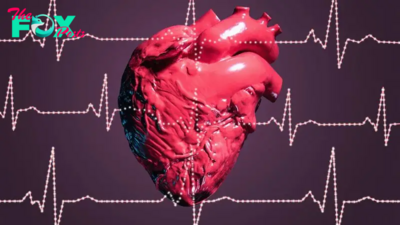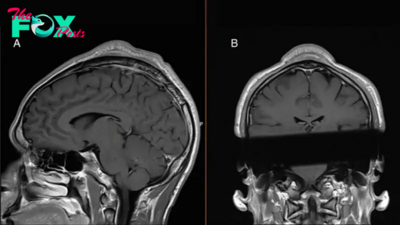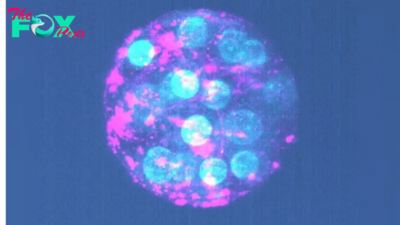Health
What causes blushing? Science finally reveals the answer.
Scientists have finally figured out what causes blushing — and they cracked the code by intentionally placing their study volunteers in embarrassing situations.
In an unconventional new study, published July 17 in the journal Proceedings of the Royal Society B, researchers asked 40 teenage girls and young women to sing karaoke while being filmed. The study volunteers sang four notoriously difficult-to-sing tunes: "All I Want for Christmas Is You" by Mariah Carey; "All the Things You Said" by t.A.T.u.; "Hello" by Adele; and "Let It Go" from Disney's "Frozen."
After the recording session, the researchers scanned the volunteers' brains using function magnetic resonance imaging (fMRI), which indirectly measures brain activity by tracking blood flow through the organ. During the fMRI, the participants were shown the recordings of their singing, as well as that of another participant who sang at a comparable level to them. They also watched recordings of a professional singer of a similar age performing the songs.
Related: 'Flow state' uncovered: We finally know what happens in the brain when you're 'in the zone'
To make things potentially more awkward, researchers also told the participants that an audience would watch their own recording with them.
In addition to monitoring the activity of neurons in the participants' brains, the researchers measured how much the temperature of the volunteers' cheeks increased — an indicator of their level of blushing.
The team found the volunteers blushed more when they were watching themselves versus other people singing. And overall, the more a person blushed, the greater the activity of neurons in their cerebellum. The cerebellum is a region of the brain that controls movement and coordination. However, recent research suggests it may also be involved in emotional processing, among other functions. Specifically, the researchers saw high activation in part of the cerebellum called lobule V, which has previously been shown to play a role in emotion.
-

 Health8h ago
Health8h agoThe Surprising Benefits of Talking Out Loud to Yourself
-

 Health10h ago
Health10h agoDoctor’s bills often come with sticker shock for patients − but health insurance could be reinvented to provide costs upfront
-

 Health16h ago
Health16h agoHow Colorado is trying to make the High Line Canal a place for everyone — not just the wealthy
-

 Health1d ago
Health1d agoWhat an HPV Diagnosis Really Means
-

 Health1d ago
Health1d agoThere’s an E. Coli Outbreak in Organic Carrots
-

 Health2d ago
Health2d agoCOVID-19’s Surprising Effect on Cancer
-

 Health2d ago
Health2d agoColorado’s pioneering psychedelic program gets final tweaks as state plans to launch next year
-

 Health3d ago
Health3d agoWhat to Know About How Lupus Affects Weight


























